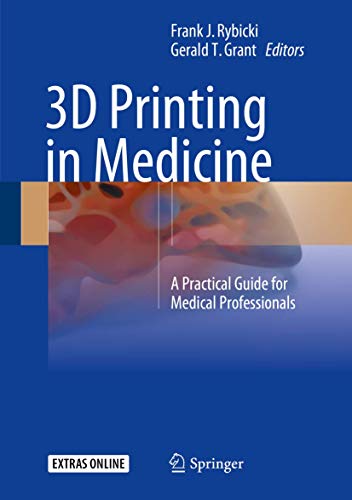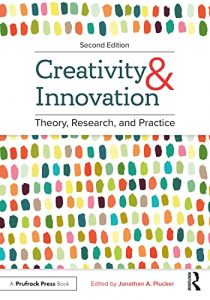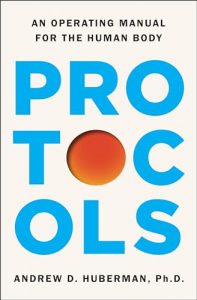Exploring the Frontier of Medical Innovation
In recent years, 3D printing has emerged as a groundbreaking technology in various fields, with medicine being one of the most transformative areas of application. This innovative approach allows for the creation of complex structures, customized implants, and even bioprinting of tissues, all with a precision and efficiency that traditional manufacturing can’t match. The ability to tailor medical devices and solutions to individual patient needs not only enhances treatment outcomes but also fosters a new era of personalized healthcare.
As we delve deeper into the integration of 3D printing in medicine, we’ll explore several must-read titles that illuminate this exciting advancement. Each book offers unique insights into how this technology is reshaping medical practice, from reconstruction surgeries to dental applications. Let’s take a closer look at these vital resources that every medical professional and enthusiast should consider adding to their libraries.
Reviews of Notable Books on 3D Printing in Medicine
3D Printing in Medicine: A Practical Guide for Medical Professionals
This comprehensive guide is essential for any medical professional looking to understand the implications of 3D printing in the healthcare landscape. Authored by experts in the field, it provides practical insights and step-by-step instructions for implementing 3D printing technologies in medical practices. The book covers a wide array of topics, from the basics of 3D printing to advanced applications such as patient-specific surgical models and prosthetics. A blend of theoretical knowledge and practical application makes this a must-have resource for those wanting to revolutionize their practice.
3D Printing in Dentistry: Technology that Transforms Patient Experience to Create the Practice of Tomorrow
This book sheds light on the revolutionary impact of 3D printing in dental medicine. It goes beyond simply outlining technology; it illustrates how it enhances patient experience and transforms practices. By integrating case studies and expert opinions, the book serves as a transformative guide, showcasing how dental professionals can leverage this technology for custom prosthetics and improved diagnostic tools. The engaging writing and clear illustrations make complex topics accessible, which is pivotal for both seasoned professionals and newcomers alike.
3D Printing in Medicine (Woodhead Publishing Series in Biomaterials)
This intricate manual exposes the myriad uses of 3D printing in the medical field, focusing on its applications in biomaterials. The book thoughtfully discusses various case studies that highlight groundbreaking advancements and innovative techniques. Ideal for researchers and practitioners alike, it provides a solid foundation of knowledge along with the latest findings. It is an invaluable resource for those interested in integrating 3D printing into their research or clinical practice.
3D Printing in Medicine and Surgery: Applications in Healthcare
This in-depth resource serves as a guidebook for surgeons and medical professionals looking to adopt 3D printing technologies. The authors discuss practical applications in various surgical procedures, detailing how the technology enhances patient outcomes and operational efficiency. Through detailed imagery and thorough explanations, readers can grasp how 3D printing can augment their surgical practices. This book promises to be a significant aid for any healthcare professional keen on utilizing new advancements in surgical technology.
Bioprinting and 3D Printing in Medicine: A Simplified Guide for Everyone
This succinct guide breaks down the complexities of bioprinting and 3D printing in medicine. Aimed at broad audiences, it distills intricate concepts into digestible formats without compromising essential information. The book covers foundational principles, practical applications, and future prospects of 3D printing in healthcare. It’s an excellent starting point for anyone interested in learning about the potential implications of these technologies and their accessibility in the medical field.
3D Printing: Emerging Technologies and Functionality of Polymeric Excipients in Drug Product Development
This profound text dives into the pharmaceutical applications of 3D printing, focusing specifically on drug formulation and development. The thorough analysis of polymeric excipients provides readers insight into product development processes and innovative technologies that enhance drug effectiveness. Pharmaceutical scientists and industry professionals will find value in the extensive research and discussions that pave the way for future advancements in 3D printed medications. This book is a compelling read for those on the forefront of pharmaceutical innovation.
3D Printing of Pharmaceuticals
Engaging and insightful, this book details the pioneering pathways in 3D printing specific to pharmaceuticals. The content reveals interactive methodologies and diverse applications of this technology in drug manufacturing. Researchers will appreciate the detailed analyses and practical information that aim to push the boundaries of how we conceive medication development. It encourages a new wave of exploration into personalized medicine, making it a must-read for anyone invested in pharmaceutical sciences.
Biomaterials Science
This book explores the interplay between biomaterials and 3D printing technologies in medical engineering. With a focus on the science behind materials used to create medical devices, it serves as an essential educational resource. The detailed explanations of biomaterial properties and behaviors broaden the reader’s understanding, making it vital for professionals in biomedical engineering, material sciences, and healthcare. With such a foundation, practitioners can make informed decisions about material selection for their 3D printed applications.
Clinical Applications of 3D Printing in Foot and Ankle Surgery
This specialized book emphasizes the clinical applications of 3D printing for foot and ankle surgery. It covers innovative surgical approaches enhanced by this technology, serving as a critical guide for orthopedic surgeons. The integration of case studies and practical applications provides actionable insights into improving surgical outcomes. Surgeons will find invaluable guidance on using cutting-edge technology to refine their techniques and enhance patient care.













































